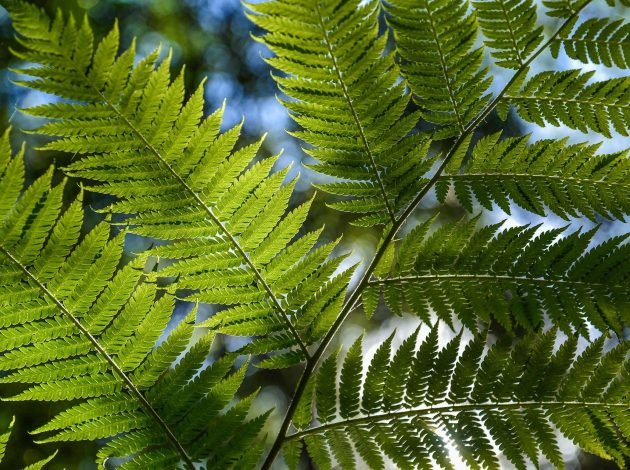How the ONS values the natural world

As well as measuring changes to our society and economy, the Office for National Statistics has also been radically improving its measurement of what the natural world provides to us as part of its Beyond Gross Domestic Product (GDP) agenda. Today we published improved estimates of our UK Natural Capital Accounts. Tristan Pett and Harry Davies write about how these figures are put together and what they show about our changing environment.
As part of our measurement of the natural world we produce an annual publication called the Natural Capital Accounts. Built on similar concepts to the National Accounts (used to produce statistics such as GDP), the accounts estimate the value of the plants, rivers, peatlands and many other natural resources. Our new figures published today show that the total value of the stock of UK’s natural environment in 2021 was £1.5 trillion – broadly equivalent to the value of all the houses in the UK.
When measuring the value of natural capital, we identify the different benefits nature provides to us. For example, our data show that the annual value of greenhouse gas removal by trees is greater than the value of felled timber.
We estimate the monetary value of our natural resources by identifying a price that relates, as closely as possible, to contributions provided by that ecosystem to the economy. Where no market exists, we find the best associated price. We can estimate the impact of sea views on house prices, the savings to health budgets due to the removal of harmful air pollution by vegetation, and the cost to the economy to reduce carbon emissions.
So for woodlands, we know how much carbon they absorb and the cost to reduce human emissions by an equivalent amount. Each year, the value of carbon removed from forests is worth more than the timber produced.
While our natural capital accounts don’t yet capture all of nature’s benefits to people, each year we work to expand and improve our estimates to make them more complete. This year we’ve produced data for all four UK nations which highlights their different landscapes, natural resources, and how their different populations benefit from the natural world. For example, Scotland is home to most of the UK’s mountainous habitats, while England features the most enclosed farmland.
This year, for the first time, we’ve also broken down our estimates into the value produced by eight of the UK’s broad natural habitats. We found that in 2021 marine habitat supplied 30% of the estimated value of our natural capital.
Alongside the main accounts, today we’ve published an article exploring how people’s interactions with nature have changed in recent years. This shows that people in the UK are spending less time in natural environments since the coronavirus (COVID-19) pandemic, with more than a million fewer people across the UK gaining health benefits from spending time in nature in 2022 compared with two years earlier.
It is clearly a big ask to value our natural environment, but one that is crucial to understanding how our environment, and our relationship with it, is changing.

Tristan Pett is Head of Natural Capital Accounts at the Office for National Statistics

Harry Davies is an operational researcher in the Natural Capital Accounts team at the Office for National Statistics